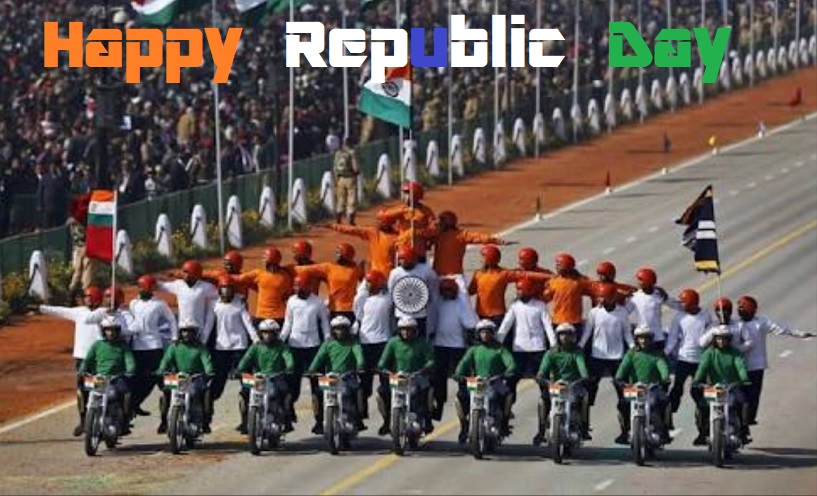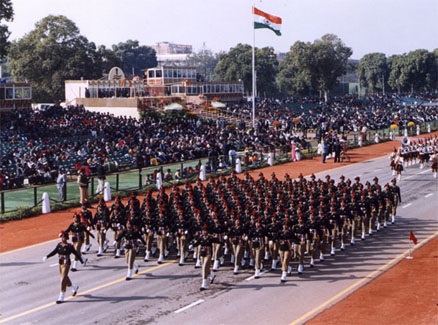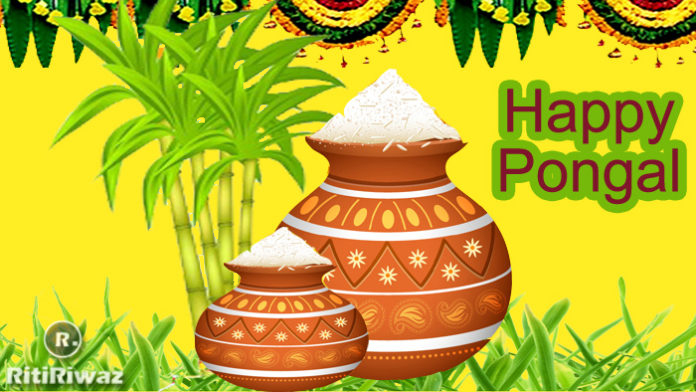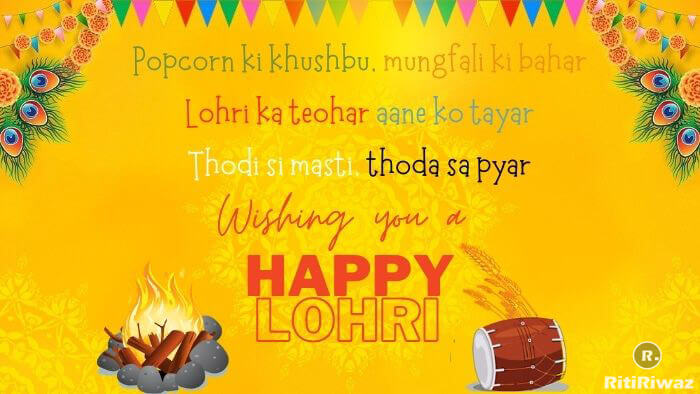26 January: Republic Day of India

India achieved independence from British rule on 15 August 1947 following the Indian independence movement noted for largely peaceful non-violent resistance and civil disobedience led by Mahatma Gandhi. The independence came through the Indian Independence Act 1947.
While India’s Independence Day celebrates its freedom from British Rule, the Republic Day celebrates coming into force of its constitution. A draft constitution was prepared by the committee and submitted to the Assembly on 4 November 1947. The Assembly met, in sessions open to the public, for 166 days, spread over a period of 2 years, 11 months, and 18 days before adopting the Constitution. After many deliberations and some modifications, the 308 members of the Assembly signed two hand-written copies of the document (one each in Hindi and English) on 24 January 1950.
The main Republic Day celebration is held in the national capital, New Delhi, at the Rajpath before the President of India. On this day, ceremonious parades take place at the Rajpath, which are performed as a tribute to India; its unity in diversity, and rich cultural heritage.
Where is the Republic Day Parade Held?
The Republic Day Parade takes place along Rajpath, in Delhi. Its route, which is more than five kilometers long, sets out from Raisina Hill near Rashtrapati Bhavan (President’s Palace) and follows Rajpath past India Gate and on to the Red Fort.


What Happens at the Parade?
The Republic Day Parade kicks off with the arrival of the President of India, escorted by a pose of bodyguards on horses. The Prime Minister of India lays a wreath at Amar Jawan Jyoti at India Gate to pay homage to those who lost their lives in war. The President raises the National flag as the National Anthem is played, and a 21-gun salute is given. The Parade is led by the three divisions of the armed forces (Army, Navy, Air Force) who showcase their strength. This includes a dramatic airshow as the parade grand finale. Each Indian state is represented by a different float that highlights an aspect of its culture.
What is the Beating Retreat Ceremony?
The Beating Retreat ceremony is held after officially denoting the end of Republic Day festivities. It is conducted on the evening of 29 January, the third day after Republic Day. It is performed by the bands of the three wings of the military, the Indian Army, the Indian Navy, and the Indian Air Force. The venue is Raisina Hill and an adjacent square, Vijay Chowk, flanked by the North and South block of the Rashtrapati Bhavan (President’s Palace) towards the end of Rajpath.
It was on Republic day on which the constitution of India came into force replacing the government of India Act. Here are some great features of the Indian Constitution:
1. Indian Constitution is a written constitution.
2. Indian Constitution is the largest constitution in the world.
3. It blends rigidity and flexibility.
4. Indian Constitution says that India is a democratic republic means sovereignty rests with the people of India.
5. Indian Constitution adopts the parliamentary system. It is also found in Britain.
6. Indian Constitution says India is a Union of States and the government is federal.
7. The Indian Constitution gives certain fundamental rights to every citizen.
8. It also contains the Directive Principles of State Policy.
9. The 42nd Amendment of the Indian Constitution also suggests fundamental duties to all Indians.
10. Indian Constitution affirms that India is a secular state it means neither religious nor irreligious, or anti-religious.
11. Indian Constitution gives an important place to the judiciary and it is made independent of the legislature and executive.






